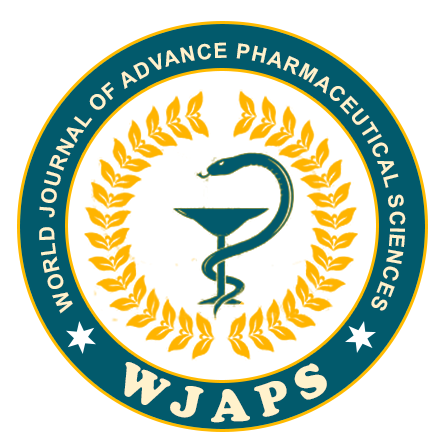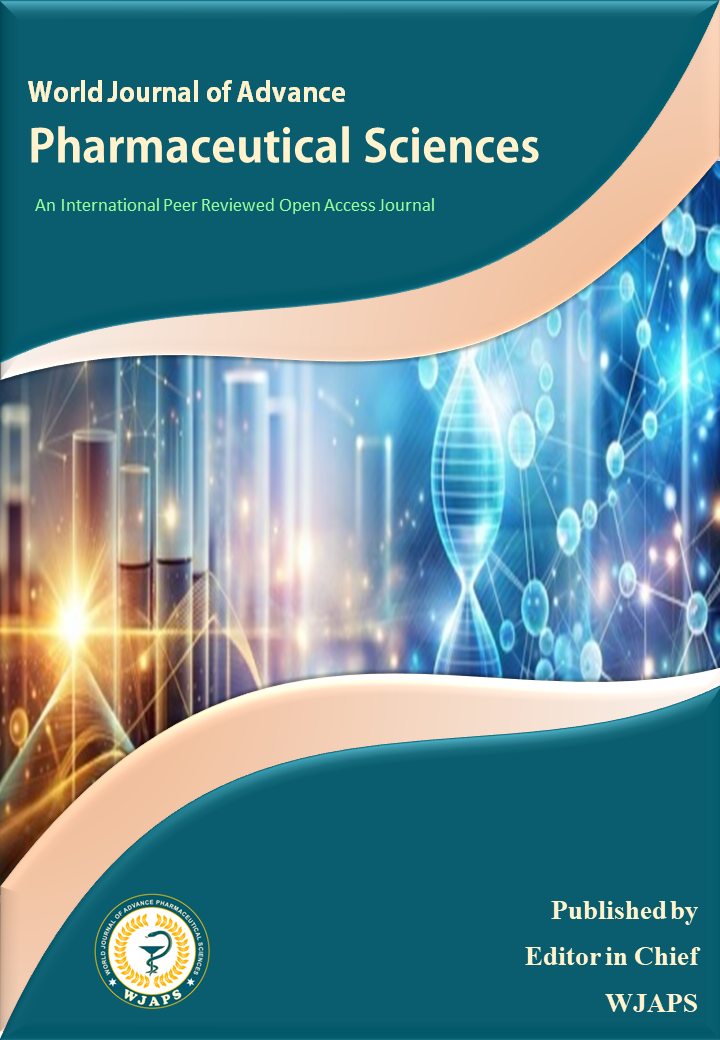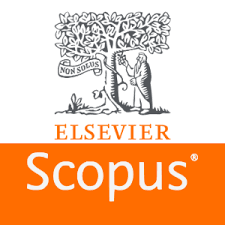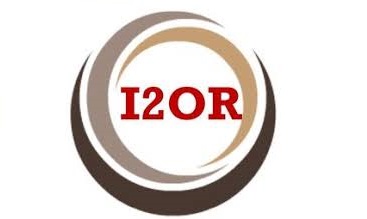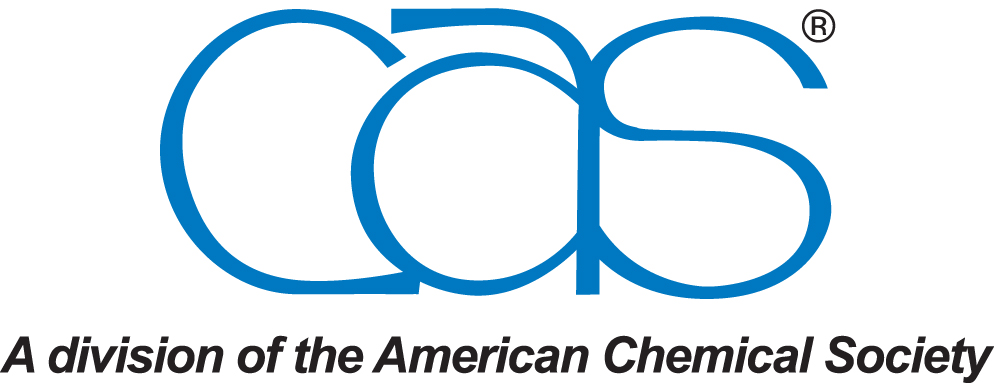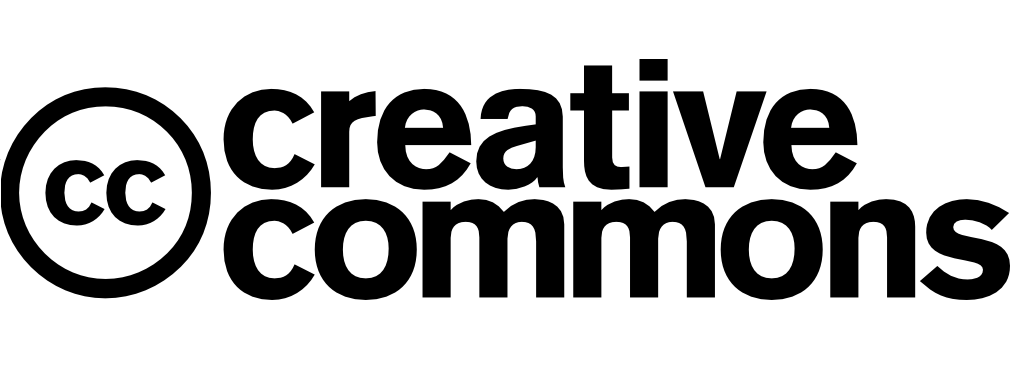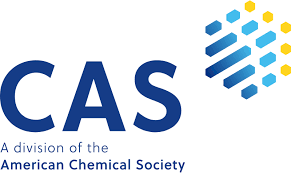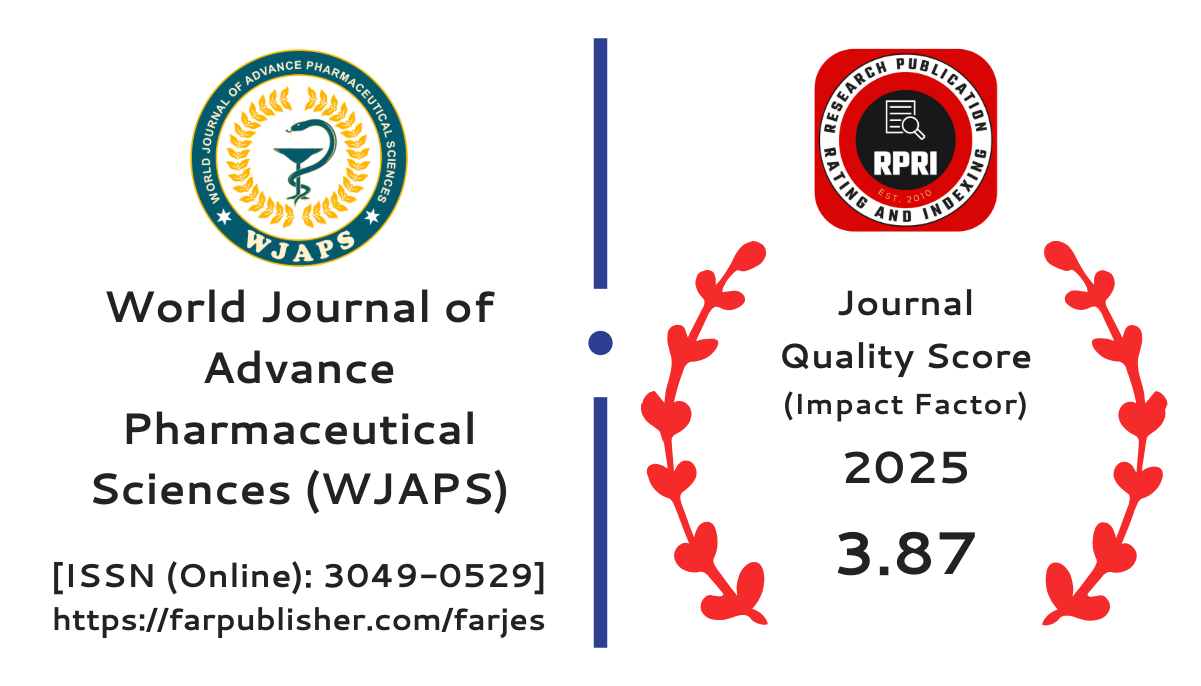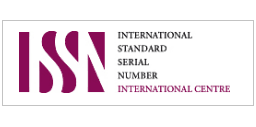FORMULATION & EVALUATION OF HERBAL BUCCAL TABLET
*Rohan Chankhore, Prof. Vinod Chaware, Dr. Shivshankar D. Mhaske, Vrushali P. Walukar, Devyani Gawande and Prof. Tejas J. Sharma
This project was aimed to formulate and characterize mucoadhesive buccal tablets of aceclofenac, utilizing different proportions of three polymers carbopol 934, hydroxypropyl methylcellulose, and sodium carboxy methyl cellulose. Twelve batches of buccoadhesive aceclofenac were prepared by the direct compression method. The compressed tablets were then evaluated for physicochemical parameters such as hardness, thickness, weight variation, drug content, friability, swelling index, surface pH, and ex vivo mucoadhesion. In vitro dissolution test was conducted for 12 h according to Indian Pharmacopeia 2018, using the rotating paddle method in phosphate buffer of pH 7.4. Physiochemical parameters like weight variation (231.25–268.75 mg), hardness (8.32–11.56 kg), friability (0.04–0.2%), diameter (9.00 mm), thickness (3.8–4.05 mm), and drug content ((97.67–102.25%) were within the acceptable limit as per Indian Pharmacopeia 2018. The swelling index was reported to be in the range of 112.93–450.19%, at 8 h. The surface pHs of all the batches were in between 6.72 to 6.96. The mucoadhesive strengths (40.5– 50 g) varied with the change in polymer concentrations especially of carbopol 934. The dissolution profile of all the batches varied greatly, with a maximum release of 109.41% (in batch 12 at 6 h) to a minimum release of 44.82% (in batch 3 at 12 h). Among them, only batch 1 ensured sustained and effective drug release (88.34% at 12 h) with appropriate swelling index (112.93%) and mucoadhesive strength (40 g). Fourier Transform Infrared Spectroscopy analysis showed no evidence of drug excipients interaction. Hence, the results concluded that buccal mucoadhesive aceclofenac tablets can be formulated. Furthermore, the property of the tablet not only depends on the concentration but also the behavior of the polymers used. Buccal tablets were prepared using mucoadhesive polymers like Chitosan, HPMC K4M, Na CMC & amp; Sod. alginate by direct compression technique. Buccal tablets were characterized for number of parameters like Hardness, weight uniformity, thickness, % friability, swelling index, mucoadhesive strength, surface pH, drug–excipient interaction study, drug content uniformity and In vitro drug release study. . The continuous secretion of saliva and its subsequent swallowing can lead to substantial drug depletion from the dosage form and hence low bioavailability. Therefore, other transmucosal routes such as nasal, rectal, vaginal, ocular and oral mucosae are being considered as alternatives to conventional oral dosage forms for drug delivery to avoid the above disadvantages associated with conventional oral delivery (i.e., tablets, capsules, syrups, etc.). Of these routes of delivery, the buccal oral mucosa has emerged as one of the target sites for administration of drugs in a wide variety of dosage forms, particularly for those drugs targeted for local delivery in the oral cavity and systemic absorption.
[get full article]